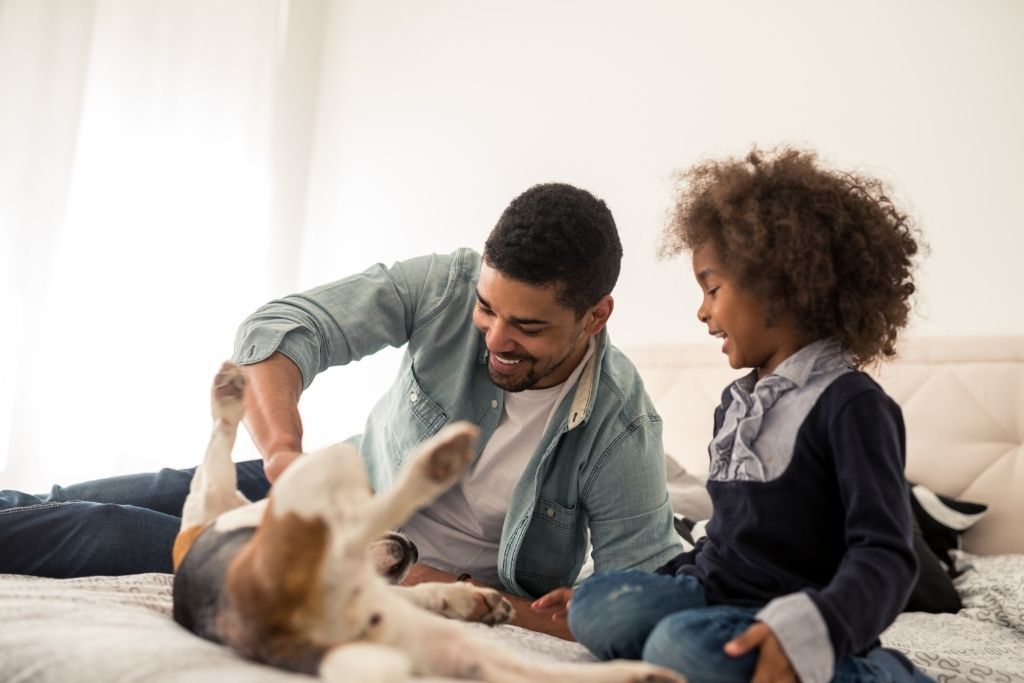Studies have shown that pets promote health benefits in humans, especially those that suffer from stress and anxiety.
They can increase self-esteem, increase trust, and confidence as well as increase endorphin production.
In many instances, therapy dogs have specifically been used to help kids.
Therapy pets and their handlers are common in nursing homes, assisted living facilities, and hospitals, but did you know that they can also be found in schools?
Those who are sick or elderly are not the only ones who benefit from therapy with animals. Schools are using them to improve the lives of children in a number of ways.
Pets are fun to have around even when they are supposed to be doing something serious like therapy.
Here are six ways that these lovable pets can make life better for children...
1)) Literacy
Did you know that therapy dogs can help children to read?
Those who have trouble with their reading are often afraid to read aloud in front of other classmates.
But, they are more than willing to read in front of a four-legged friend.
They are part of reading programs that bring dogs in to increase literacy by helping kids to work on their reading skills.
Animals are attentive and patient as kids read, and the children learn how to interact with animals at the same time.
2)) Bullying
Some therapy dogs are used in schools as a part of campaigns to stop bullying.
The dogs are used to teach character traits like compassion and fairness to kids in an effort to decrease incidents of bullying.
Kids who had animals in the classroom were less likely to be part of disruptive behavior than those without one.
3)) Calm Fears
There are reports of children who had a visit from a dog or other therapy pet before a dental procedure that made them calmer.
Pets are soothing.
For kids who have pets at home, the sight of one in their hospital room or a doctor’s office provides a sense of normalcy and instills trust.
4)) Acceptance
When kids find it hard to talk to adults about issues, they can talk to animals.
Because the animal doesn’t recoil or run from them, they develop a trusting bond that leads to them opening up about issues in therapy.
Animals want to please people so they are devoted and focused on whomever they are with.
5)) Social Interaction
Therapy animals can foster the learning of social skills in kids. Because animals are patient, they can be used to reinforce positive social skills like teamwork, empathy, and responsibility.
6)) Exercise
Kids can get a bit of fresh air and have some fun at the same time.
Running around playing with a therapy dog is exercise although it won’t seem like it.
Conclusion
The amazing thing about using pets to help children is they’re oblivious that the animal is being used to benefit them.
Kids are only aware of the fact they’re having fun cuddling, holding, or playing with pets.
Both children and pets are precious, and bringing them together in therapy can have fantastic results.
If pet therapy is of interest to you, we highly encourage you to do more research because it can have positive effects on your children.
Download Our Free E-book!







